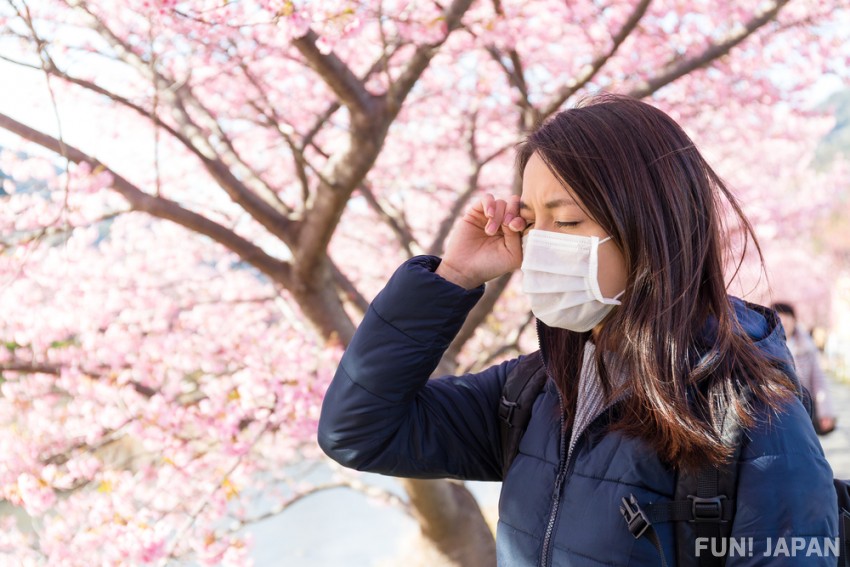
As winter turns to spring and the seasons begin changing, you'll start to see pollen-related products line the stores. To Japanese people, spring is very much a love and hate relationship. It's the season in which you can see the beautiful cherry blossom trees, but also the month in which a lot of people are affected by what is known as "hay fever". People wear masks, glasses, and drink medicine to try and lessen the effects of hay fever even just a little bit. Have you heard of hay fever before? We're going to explain all about it in this article!
What is Hay Fever?
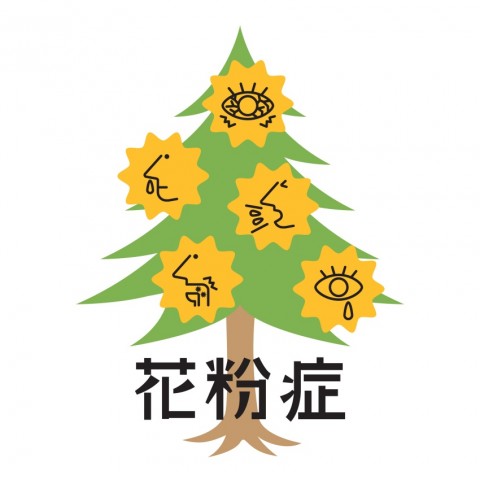
Hay fever is a reaction from the human body that occurs against pollen. The typical symptoms include sneezing, a runny nose, a blocked nose, itchy eyes, ears, and throat, and in some cases even rashes. It mostly occurs during spring when cedar pollen rises in the air, with hardly any people dealing with hay fever at any other times during the year. Cedar pollen allergy is something unique to Japan, and it's said about 20% of people are affected by it. It can also affect foreigners living in Japan.
When Does Hay Fever Occur?
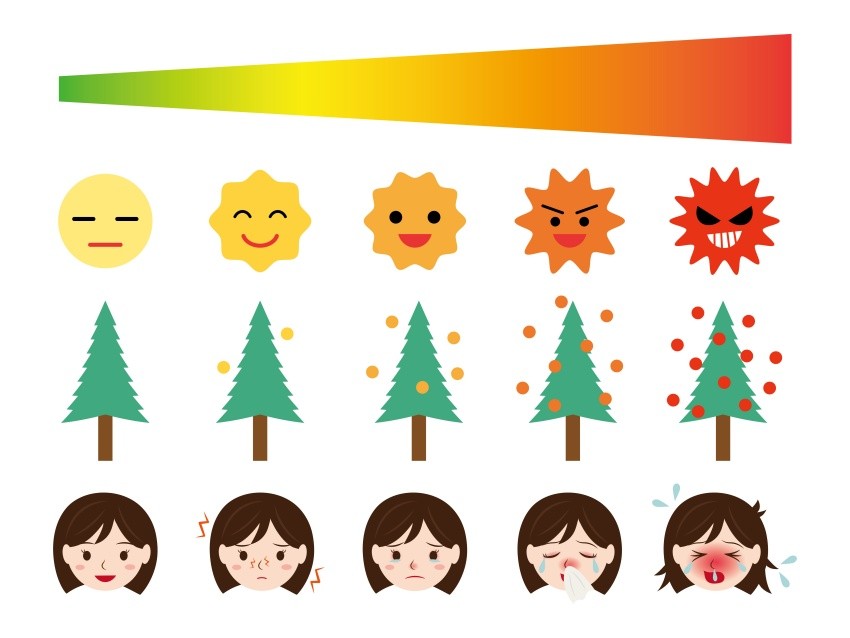
People are more afflicted by hay fever during both spring and autumn. Also, the types of plants and such differ depending on region, so there are various pollens that can affect people differently, for example, cedar pollen, which is the leading culprit to hay fever, as well as pollen from a Japanese cypress tree among more. The pollen from these trees uses the wind to travel for 10s of kilometers, and sometimes even 100s of kilometers. It's because of this that even if you're in a city without many trees you can still be affected by hay fever. On the other hand, autumn's main culprits consist of ragweed and Japanese mugwort. The peak of hay fever happens around September.
When Should You be Careful?
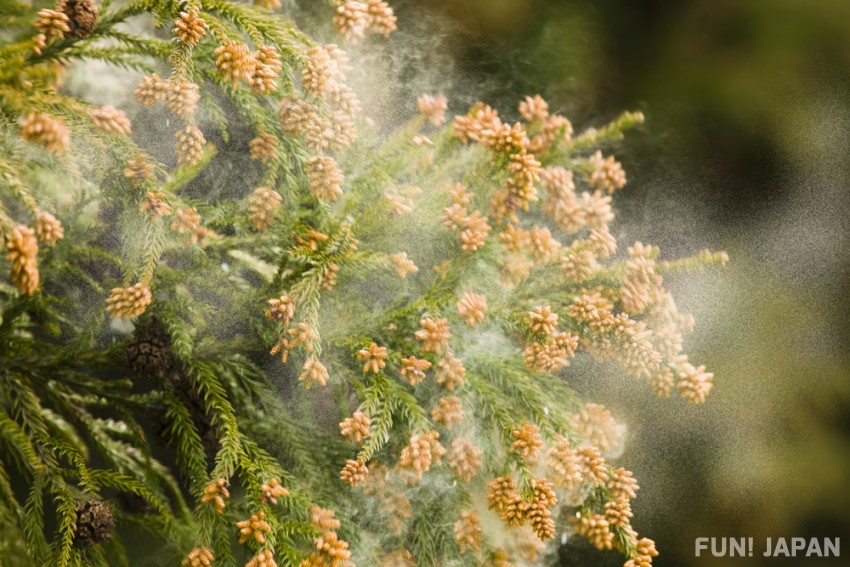
The history of hay fever is long and starts in 1800 BC in what was then known as Babylonia (Now Southern Iraq) where you can find the symptoms of hay fever written down on ancient scrolls. When the connection between allergies and the seasons became apparent was the 19th century. During Summer in England, a lot of people started to come out with cold-like symptoms. Mostly all of the patients were people that engaged in animal-related jobs, and the symptoms always appeared when they were harvesting their pastures, this was when the name "hay fever" was given to these symptoms.
The first type of hay fever to be reported in Japan was in 1961 due to ragweed. Cedar pollen allergy was reported 2 years later in 1963, orchard grass in 1964, Japanese mugwort in 1969, and up until now 60 different types of plants have been reported to cause hay fever.
Hokkaido and Okinawa Don't get Cedar Pollen Allergy?
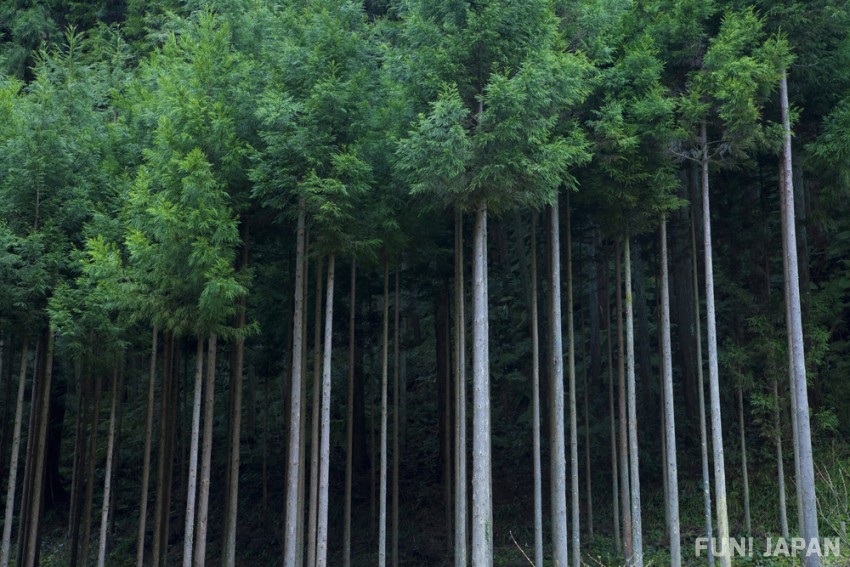
In Hokkaido, apart from a select few locations, Japanese cedar trees simply don't exist. The more north you go, the less and less cedar pollen you'll find. Okinawa is the same in this regard, with way less cedar and Japanese cypress trees compared to the rest of Japan, meaning hardly anyone suffers from hay fever within these regions.
If you're planning to come to Japan and are worried if you may get hay fever symptoms, the symptoms arise when too much pollen enters the body, so if you're not planning to stay for long then you shouldn't have to worry about getting hay fever.
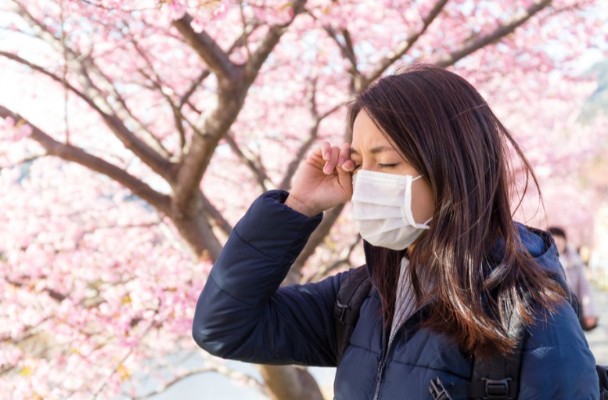
Comments